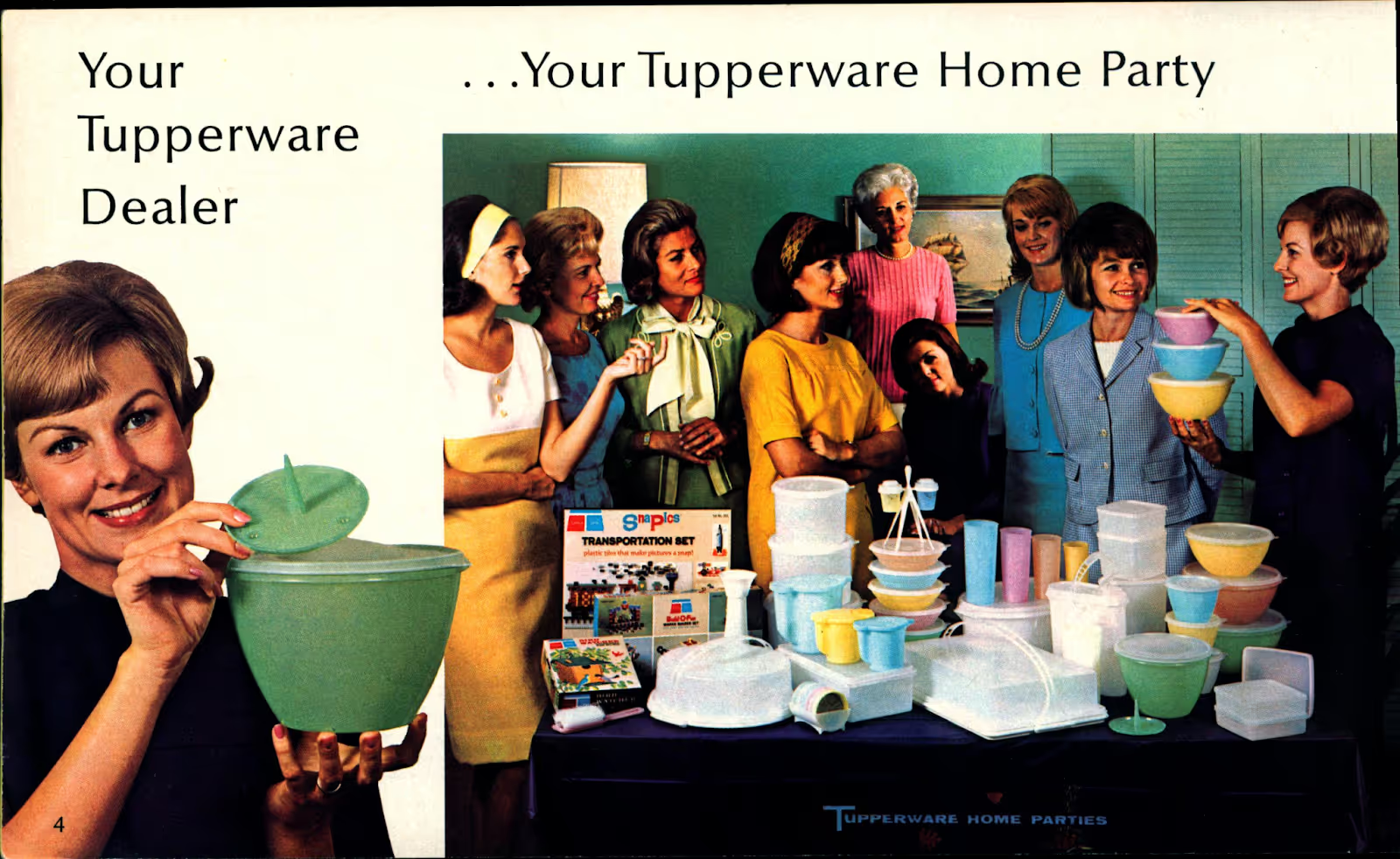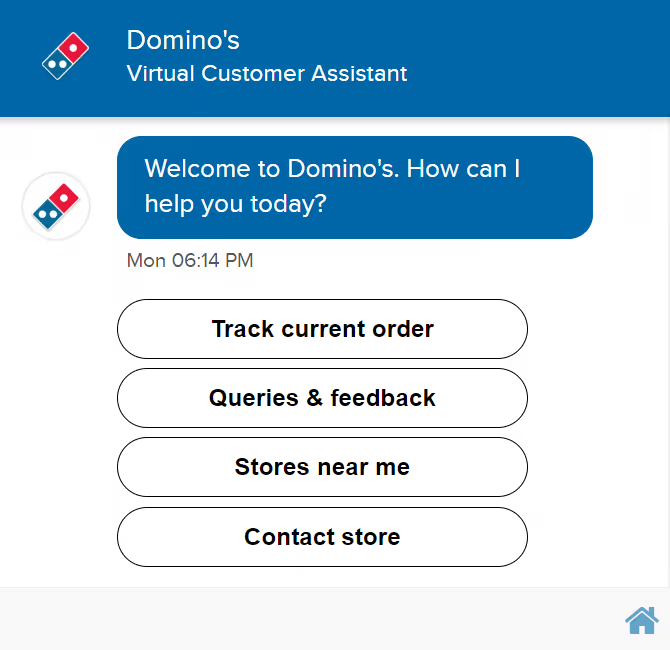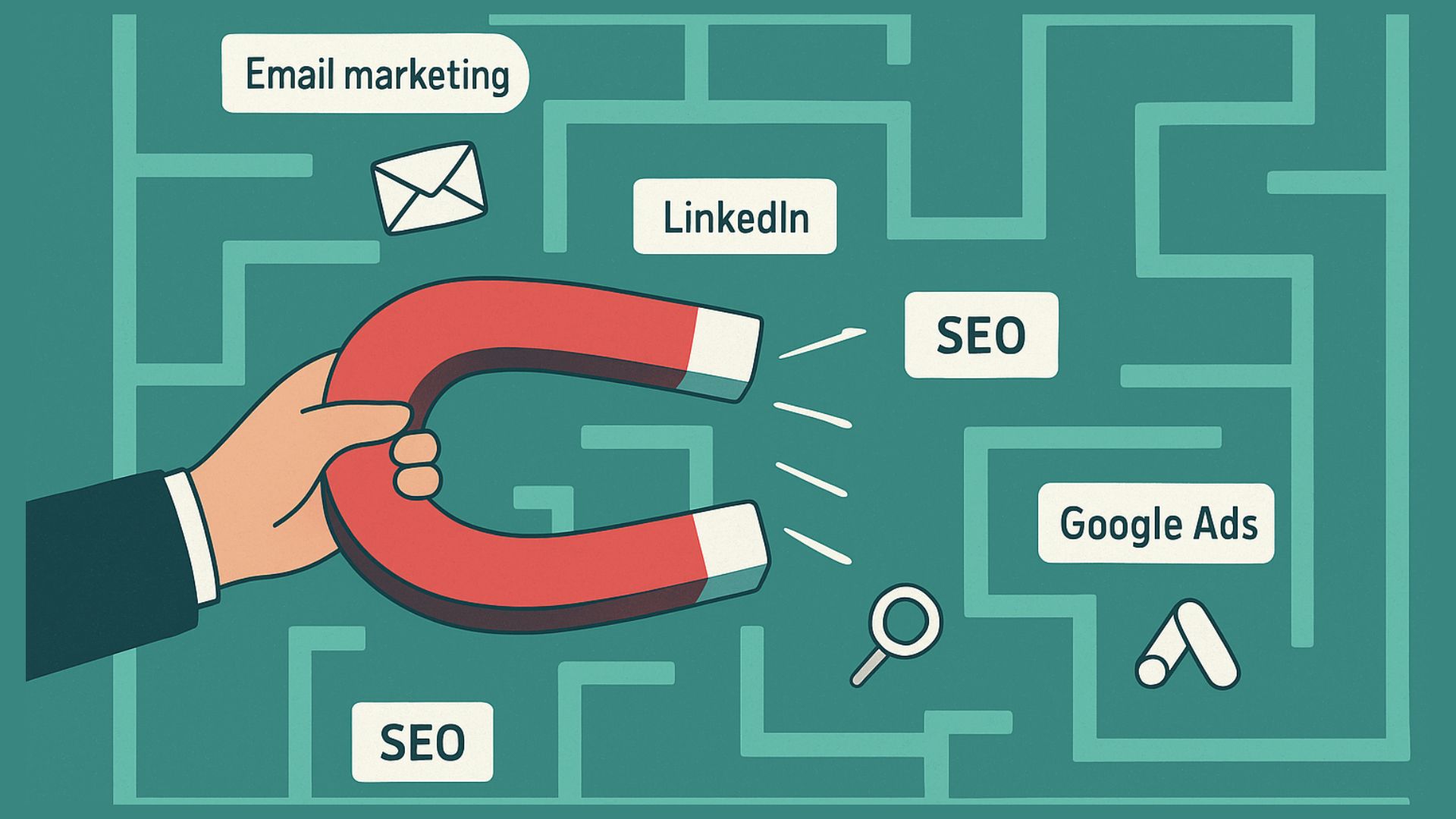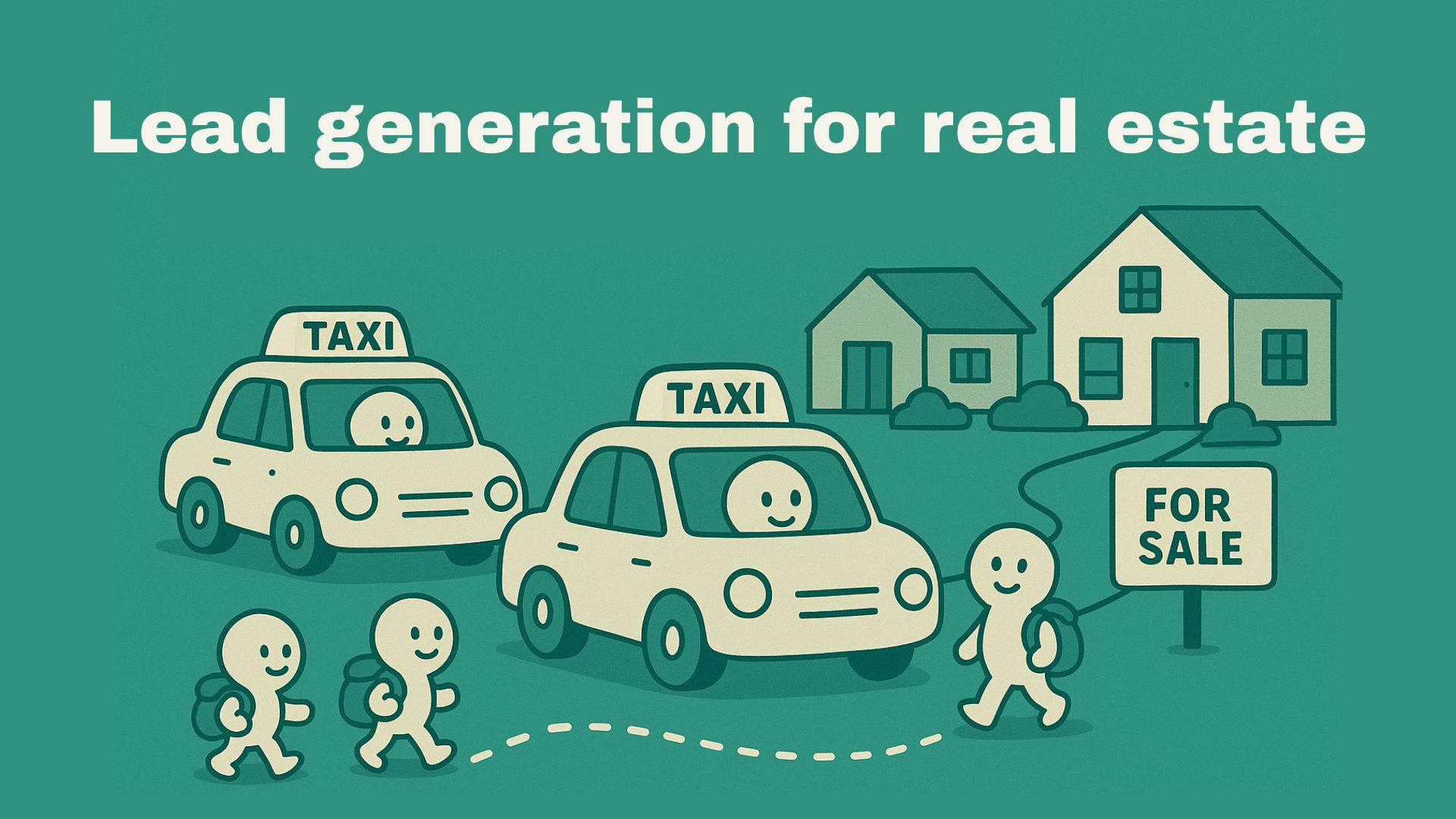

Direct sales is no more a salesperson chasing you down the grocery aisle. The industry has evolved and adopted a more tech savvy approach to selling. Don’t mistake that for a robotic chain of products/services being pushed down your throat, no. With the emergence of AI, social media, and different sales enablement tools, the process has just become easier. How? We will tell you in this blog.
Let’s dive into what direct sales is, its benefits, challenges and how technology is shaping its future to be a billion dollar market. C’mon!
What is direct sales?
Unlike indirect sales, which rely on intermediaries like wholesalers or retailers, direct sales reps work with potential customers to build a relationship with them.
This model can be B2C (e.g. a cosmetics rep selling to consumers) or B2B (e.g. a software salesperson selling directly to businesses).
{{callout-3}}
Some well-known direct sales companies include Tupperware, Avon, and Amway.
What is the history of direct sales?
1700s: Yankee Peddlers
- Vendors known as "Yankee Peddlers" traveled across America, selling goods door-to-door.
- Established personal relationships, bringing products directly to customers and building trust.
1855: The Southwestern Company
- Formalization of direct selling began with The Southwestern Company.
- Initially focused on mail-order book and Bible sales.
- Transitioned to door-to-door sales after the Civil War, becoming one of the first structured direct-selling organizations.
1886: California Perfume Company
- Founded by David H. McConnell, later renamed Avon in 1939.
- Empowered women to work independently through direct selling.
1910: U.S. Direct Selling Association
- California Perfume Co. (Avon) and nine other companies formed the Agents Credit Association.
- Now known as the U.S. Direct Selling Association, setting industry standards.
1930s: Party Plan Sales Model
- Created by Norman Squires, shifting sales from one-on-one interactions to group presentations.
- Allowed consultants to demonstrate products to multiple customers simultaneously, enhancing efficiency.
1951: Tupperware Home Parties
- Known for airtight containers, Tupperware adopted direct selling with home parties to showcase product features.
- Shifted from traditional retail to direct selling, revolutionizing the industry.
1959: Amway and Multi-Level Marketing
- Amway introduced the Multi-Level Marketing (MLM) model.
- Representatives earned commissions on personal sales and sales made by their recruits.
1990s-2000s: Internet and E-Commerce
- Telemarketing and e-commerce transformed direct sales.
- Sales expanded to online platforms, increasing efficiency and reach.
2012-2018: Growth Through Technology
- Global retail sales hit $192.9 billion in 2018.
- Growth driven by digital platforms, e-commerce, and social media, enabling broader audience reach.
Modern Day: Social Media and Modern Tactics
- Direct sales now leverage social media, subscription models, and influencer marketing to engage consumers effectively.
Types and examples of direct sales
🧍♂️ Single level sales
This type of direct sales follows a straightforward method where sales reps sell directly to the customer and earn a commission from each sale.
There are different ways to achieve this type of sale and it includes in-person demos, online platforms like social media and distribution of catalog with product descriptions, and their services to place an order online.
Avon, a pioneer in direct sales, has been selling cosmetics and beauty products through independent representatives for over a century.
🌐 Multi level sales
This type of sales is also known as network marketing. Sales reps not only earn from the commission of their sale but also from the distributors they recruit.
Amway sells nutrition, beauty and home products through millions of independent business owners. It consistently ranks at the top of the Direct Selling News Global 100 list with global revenue of around $7 - 8 billion for 2024.
🎊 Party plan level
This type of direct sales involves hosting social gatherings, for example, a house party or an event, where attendees can get the feel of the product by using it or seeing its value firsthand.
Tupperware hosts gatherings where products like kitchenware and storage solutions are demonstrated in a social setting, allowing customers to experience their value firsthand.

🚪 Door-to-door sales
Sales representatives visit the homes or workplace of potential customers to make a sale.
Kirby sales representatives visit homes to demonstrate and sell their vacuum cleaners, showcasing the product's features and performance during in-home demos.

☎️ Telemarketing
This type of sales involves the sales rep calling potential customers to pitch the product/service.
Dell uses outbound telemarketing to target businesses and individuals by pitching customized computer systems and services over the phone.
Before we move forward, let’s clear the difference between direct vs indirect sales.
What are the benefits of a direct sales model?
🎮 Higher control over brand image
In direct sales, businesses have a much higher control over product positioning, pricing, and customer messaging as opposed to when you distribute them via retail channels.
🫱🏾🫲🏽 Direct relationship with customer
When there is no third party involved, you interact directly with the customers allowing to build a loyal and long lasting relationship that translates to repeat business and referrals. In traditional setups, this meant home demos; today, it extends to WhatsApp chats, Instagram DMs, and live webinars.
💰 No overhead retail costs, with funds redirected to smarter investments
In direct sales, the need for a physical store is eliminated allowing businesses to invest more in training their sales reps, AI-powered CRMs, and hyper-targeted digital marketing campaigns.
💬 Real-time feedback loops through modern channels
While old models relied on in-person surveys or calls, today’s direct sellers gather instant customer feedback via WhatsApp, Instagram polls, or post-purchase SMS. This enables faster product tweaks, service improvements, and issue resolution.
🚀 Rapid scalability with hybrid selling models
Modern direct sales isn’t limited to physical interactions. Sellers amplify reach through live video demos, influencer collabs, and social commerce. A rep in Mumbai today can pitch to a prospect in London via Instagram live - a flexibility retail chains can't match.
What are the challenges of direct sales?
🥶 Risk of reputation
Since individual sales reps are the face of the brand, any negative experience directly hampers the brand reputation. This can happen when salespeople are aggressive or indulge in unethical practices. They need to be well-trained, have expert product knowledge to handle difficult situations.
🛜 Dependent on distributor network
In MLM models, businesses rely on distributor networks to reach their customers. While this helps in scaling, success generally depends on their performance. In case of high turnover rates, unethical sales practices or market saturation, the growth in the sales graph looks inconsistent.
📉 Saturated market
Market saturation is one of the biggest challenges direct sales faces. Increased variety leads to high competition which in turn results in a saturated market.
Businesses need to constantly innovate, stand apart from the market and provide value beyond the product (personalized service, loyalty rewards) to overcome this.
How technology is shaping the future of direct sales
Technology is rapidly reshaping how direct sales is done. The core goal (building personal customer relationships) stays the same, but the tools have multiplied. Let’s look at a few:
⚙️ Customer relationship management (CRM) systems
Direct sellers these days use a CRM system to track leads, maintaining all the sales and follow-up details in one place. It is the single source of truth for customer data and an organized sales pipeline.
At Superleap, we have built a platform that can store call logs of reps, schedule reminders, and transcribe calls live, all in one system, so you don’t miss out on valuable prospects.

📲 Social selling & online networking
Direct sellers implement digital sales strategies on instagram, facebook, tiktok, twitter and linkedin to connect with their audience.
Companies post success stories, video demonstrations, and reviews online to establish credibility. This allows them to stay in touch with their customers, one way to retain them, and earn brand loyalty. They also sign deals with social-media influencers to promote the business.
Social selling stats over the years suggest that reps who actively engage on social media create 45% more sales opportunities and are 51% more likely to hit their target. According to International Data Corporation, about 75% of B2B buyers and 84% of C-suite executives browse social media before arriving at a purchasing decision.

📹 Video demonstrations & virtual meetings
Post covid-19, video as a medium for sales has become crucial. Instead of in-person demos, products can be shown on zoom meetings, screen-sharing slides or even by sending personalized video messages.
For example, when using interactive video apps, you can allow customers to click to learn more about product features during a demo. This method helps overcome geographic limitations and reach a wider customer base whilst providing personal touches.
🛍️ E-commerce integration
Direct selling companies who have physical outlets also allow online ordering. This creates a flexible option for those who prefer online shopping and also helps reach a broader audience.

🤖 AI and data analytics
With the emergence of AI for sales, companies are using machine learning to analyze purchase history and forecast sales.
They also employ virtual chatbots on websites so that visitors can interact and solve queries in real time rather than waiting for human interaction.

In all, technology doesn’t replace the face-to-face element of direct sales - it amplifies it. A social media post, a webinar, or a CRM alert is just a new way to start the personal conversation that has always been the hallmark of direct selling. Your next opportunity is probably a DM away. Go have it. :)
Why it matters?
Skipping middlemen like shops or wholesalers, often means higher profit margins for the company. It also means, sales reps can earn direct commissions on each sale, motivating them and taking ownership of the whole sales process.
Heading text
Nunc sed faucibus bibendum feugiat sed interdum. Ipsum egestas condimentum mi massa. In tincidunt pharetra consectetur sed duis facilisis metus. Etiam egestas in nec sed et. Quis lobortis at sit dictum eget nibh tortor commodo cursus.
Odio felis sagittis, morbi feugiat tortor vitae feugiat fusce aliquet. Nam elementum urna nisi aliquet erat dolor enim. Ornare id morbi eget ipsum. Aliquam senectus neque ut id eget consectetur dictum. Donec posuere pharetra odio consequat scelerisque et, nunc tortor.
Nulla adipiscing erat a erat. Condimentum lorem posuere gravida enim posuere cursus diam.
.svg)






